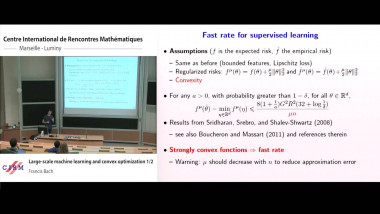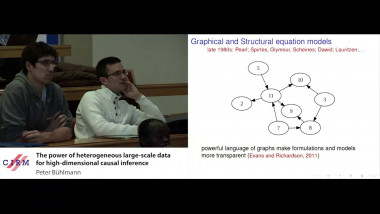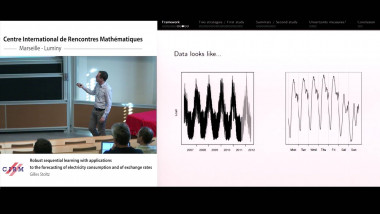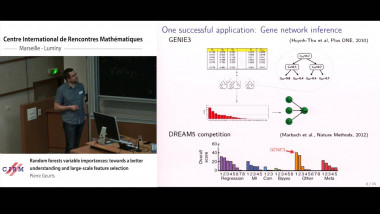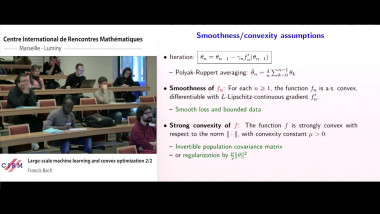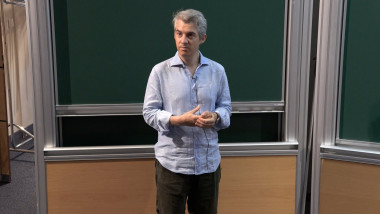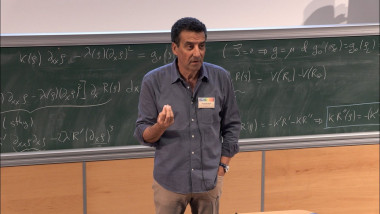The power of heterogeneous large-scale data for high-dimensional causal inference
We present a novel methodology for causal inference based on an invariance principle. It exploits the advantage of heterogeneity in larger datasets, arising from different experimental conditions (i.e. an aspect of "Big Data"). Despite fundamental identifiability issues, the method comes with statistical confidence statements leading to more reliable results than alternative procedures based on graphical modeling. We also discuss applications in biology, in particular for large-scale gene knock-down experiments in yeast where computational and statistical methods have an interesting potential for prediction and prioritization of new experimental interventions.












